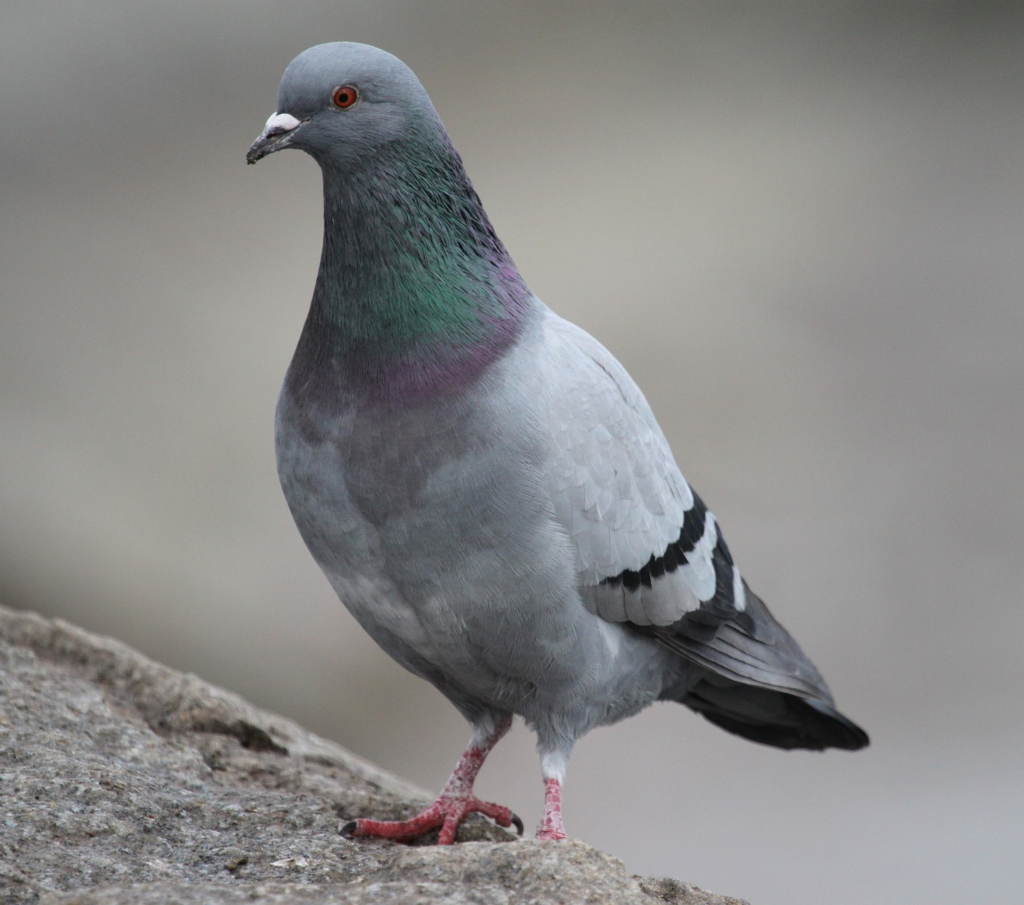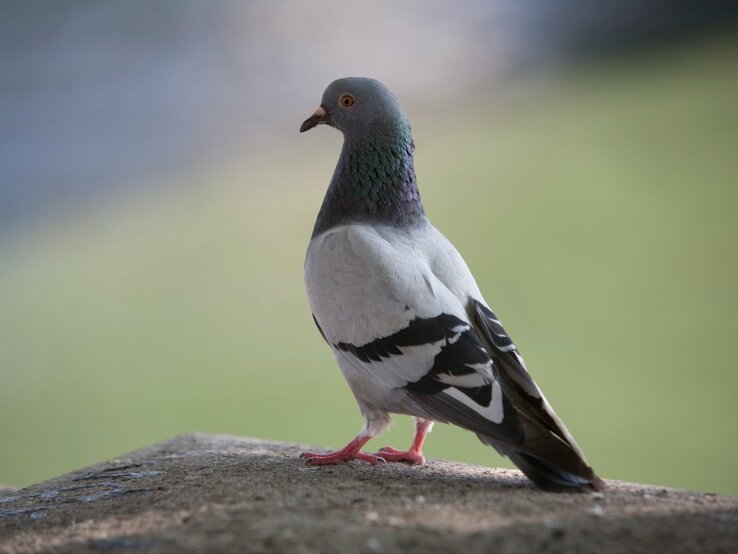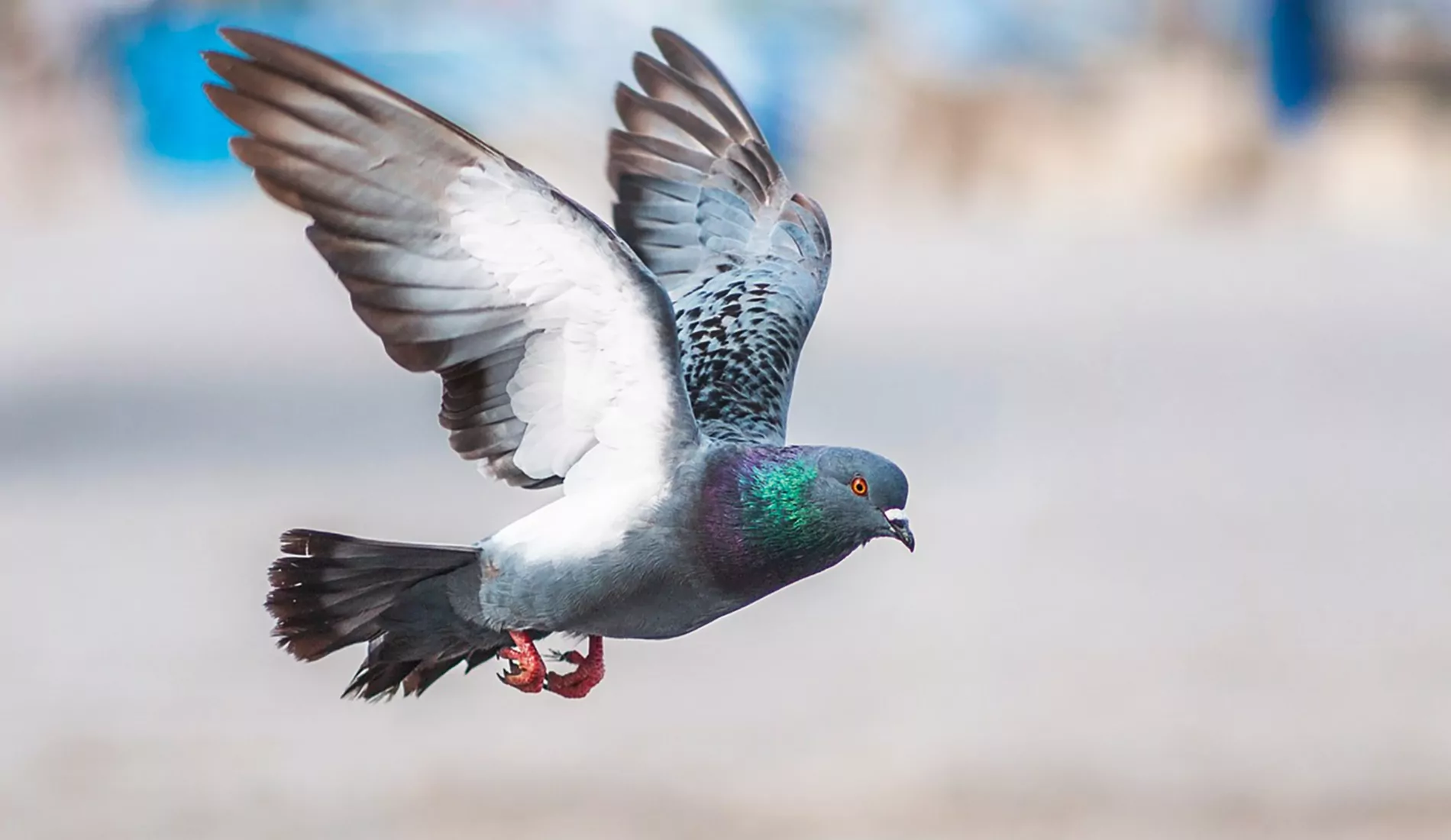The world Taube of birds is incredibly diverse, with every species offering something unique to the natural tapestry. Among these is the Taube, a bird that holds historical, cultural, and biological significance across various regions. Known in German as the word for “dove” or “pigeon,” the taube has been revered for centuries in numerous societies, not only for its beauty but for its adaptability, symbolism, and unique characteristics. In this article, we’ll explore every aspect of the taube, from its origins to its role in modern times, while shedding light on the often-overlooked features of this amazing bird.

Introduction to the Taube: Defining the Term
The term “taube” can be confusing to some, especially those unfamiliar with German or avian terminology. The word itself refers to the common dove or pigeon, species that are scientifically categorized under the Columbidae family. While pigeons and doves share many similarities and often look alike, the difference between the two is largely semantic. Traditionally, smaller, slender species are referred to as doves, while larger, more robust types are called pigeons. However, both terms refer to the same general family.
The taube is an emblem of peace, love, and devotion in various cultures. As you may have noticed, doves are often released during ceremonies or celebrations as a symbol of tranquility and hope. In Christianity, the dove also represents the Holy Spirit, adding a layer of religious importance. Despite the bird’s soft, innocent image, it has thrived in some of the harshest environments, showing resilience and adaptability.
Today, taube species like the Rock Pigeon (Columba livia) can be found in bustling cities, remote rural areas, and even in war-torn regions, standing as a testament to their survival skills. This bird’s journey, from its ancient origins to its current-day reputation, is an incredible story that we’ll explore in depth.
Historical Context of the Taube: From Ancient Times to Today
The history of the taube is rich and deeply rooted in human civilization. Ancient cultures have documented the bird in various forms, indicating its longstanding association with humankind. Pigeons, a type of taube, were domesticated as early as 3000 BCE in Mesopotamia, marking one of the earliest known instances of avian domestication. Their purpose back then was not just ornamental or symbolic, but highly practical.
One of the key reasons for their domestication was their ability to carry messages. Due to their incredible homing instinct, taube species became the original “mail carriers,” ferrying critical information across vast distances. Historical evidence points to the use of pigeons during times of war, where they carried strategic military communications, sometimes changing the outcome of battles.
Fast forward to the Roman Empire, the taube was recognized for its utility in both peacetime and conflict. Roman nobility also prized pigeons as pets and symbols of status. Religious significance was not lost on the Romans either, as they associated the bird with Venus, the goddess of love. Pigeons were often depicted in mosaics and paintings as offerings of devotion or as omens of good fortune.
In the medieval period, taubes were bred for food, with pigeon meat being considered a delicacy across European kingdoms. Dovecotes—structures built to house pigeons—were often signs of wealth. Kingdoms and monasteries would keep dovecotes not only for a food supply but also for the bird’s contribution to soil fertility via their droppings, which were used as fertilizer. The taube has clearly played varied roles, spanning from communication and religion to cuisine and agriculture.
In modern times, the importance of the taube has evolved but remains substantial. While their role as messengers has been overshadowed by technological advancements, they continue to be cultural icons and a favorite among bird enthusiasts. Urban pigeons, in particular, have developed a reputation for being resourceful survivors in ever-changing environments. We see them on every city street, adapting to human development in a way few other bird species have managed.
The Unique Biology of the Taube: Adaptations and Traits
Though it may seem like an ordinary bird, the taube has some incredible biological features that set it apart from many other species. First and foremost, their homing ability is one of the most well-documented and studied aspects of their biology. Taubes have an innate sense of direction and are capable of returning to their home lofts even when released hundreds of miles away. Studies have shown that pigeons can detect the Earth’s magnetic fields, which may help them navigate across long distances. This homing ability has made them indispensable in ancient times, but even now, racing pigeons—one form of a domesticated taube—are valued for this very reason.
Moreover, the taube has an incredibly strong sense of smell. They use this sense to recognize specific landmarks and paths during their flights. Researchers have found that pigeons can create mental maps based on the olfactory landscape around them. This combination of magnetic field detection, keen eyesight, and powerful sense of smell makes them among the best navigators in the animal kingdom.
Another fascinating feature is their flight endurance. A taube can fly for many hours without stopping, covering up to 600 miles in a day in some cases. This is made possible by their muscular wings, which allow for sustained, powerful strokes. Furthermore, their body is streamlined for efficiency during flight, reducing air resistance and allowing for faster speeds.
Beyond flight, taube species have remarkable communication skills. They produce a distinctive cooing sound, which can vary depending on the situation. During courtship, males will coo persistently to attract a mate, often puffing out their chests and performing a “bowing” display. These behaviors are essential in maintaining pair bonds, as taube species are known for being monogamous, usually staying with the same mate for life.
Another important aspect is their ability to adapt to urban environments. Unlike many other bird species that struggle in cityscapes, taube species thrive in metropolitan areas. They’ve learned to feed on human scraps, nest in ledges, and avoid predators by utilizing the urban jungle. Their resilience is unmatched, and their behavior showcases their flexibility in ever-changing conditions.
Cultural Significance of the Taube: Mythology, Symbolism, and Art
The taube has long been an icon in culture and religion, revered for its associations with peace, love, and spirituality. Across the globe, the dove is a symbol of hope and goodwill, transcending linguistic and cultural barriers. In the Bible, the dove plays a significant role in the story of Noah’s Ark, where it returns to Noah with an olive branch in its beak, symbolizing the end of the great flood and the renewal of life. This connection to rebirth and peace has remained an enduring image in Christian iconography.
Similarly, in ancient Greek mythology, the taube was closely linked to Aphrodite, the goddess of love and beauty. The bird became a symbol of fertility and devotion, often depicted in ancient art alongside representations of the goddess. The Greeks believed that pigeons mated for life, which further enhanced their association with loyalty and romance. Throughout history, this perception has persisted, with taube species being featured in poetry, literature, and art, representing purity, love, and commitment.
In many Eastern cultures, the taube is viewed differently, but still positively. In Hinduism, the dove represents the spirit, purity, and eternity. It is seen as a vehicle of communication between the physical and spiritual realms. In Buddhism, the bird is a symbol of compassion, and in some instances, enlightenment. Across many indigenous cultures, doves are also considered harbingers of change and transformation, carrying with them messages from the gods or ancestors.
During times of war, the dove has been used as a symbol of peace and reconciliation. After the devastation of World War I and II, the image of the dove with an olive branch became a universal sign of hope for a more harmonious world. Artists like Pablo Picasso embraced this symbolism, further immortalizing the bird as a peace emblem through his famous sketches and paintings.
In modern times, the symbolism of the taube continues to resonate. It is often featured in logos, emblems, and ceremonial events, representing tranquility, new beginnings, and unity. From global peace movements to weddings, the taube remains a powerful image, reminding people of the hope for better, kinder times.
The Role of the Taube in Science: Pioneering Research and Contributions
The taube has also made notable contributions to science, particularly in the fields of aviation and behavioral studies. Due to their exceptional homing ability, scientists have used pigeons as models for understanding navigation and orientation in birds. Research has revealed that pigeons may rely on multiple sensory cues, such as the Earth’s magnetic fields, the position of the sun, and even subtle changes in the Earth’s atmosphere, to find their way home.
Some studies suggest that pigeons can even recognize human faces, demonstrating a surprising level of cognitive complexity. This has piqued the interest of neuroscientists who have used pigeons to study memory, learning, and pattern recognition. These birds have shown impressive capabilities in problem-solving tasks, indicating that their intelligence may be greater than once thought.
In the early 20th century, pigeons were involved in the first attempts at avian training for war efforts. During both World Wars, pigeons carried essential messages across enemy lines, often saving thousands of lives by delivering critical information. They were also trained by psychologists like B.F. Skinner, who developed systems that allowed pigeons to.














Leave a Reply